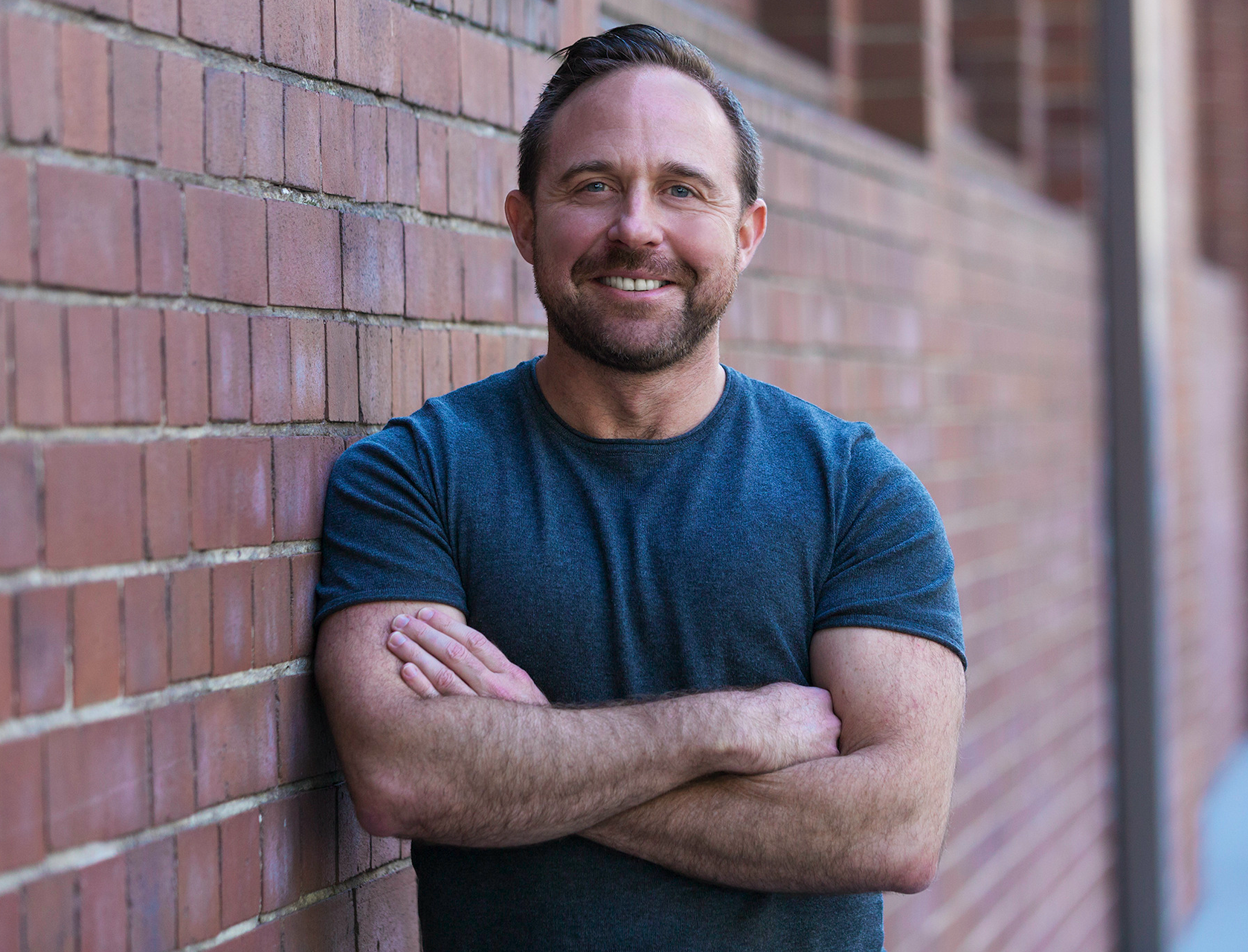
During the pandemic, reports show that nearly four in five Australians have experienced burnout. Between March 2020 and August 2021, using the globally recognised World Health Organisation wellbeing index, mental health expert, Sean Hall assessed the wellbeing of 1,629 women and 800 men working in Australia, all aged 19 – 68, and looking at 13 different root causes of burnout.
“Any mental health strategy that does not include burnout recovery and prevention is incomplete” says Hall, adding “Prevention equals performance and it’s the best retention strategy you can invest in.”

Analysing the results, Sean and his team found that the pandemic had significantly impacted the wellbeing of female workers, who presented at a significantly higher burnout risk than their male counterparts. In fact, 75% of the women included in the study were experiencing at least four of the 13 recognised warning signs for burnout.
Breaking down the warning signs for burnout, the study found in female participants:
- Sleep deprivation: 65% are waking up tired more than half of the time.
- Exercise: 62% were not feeling active or vigorous.
- Inner critic: 61% are struggling to manage their inner critic.
- Stress and overwhelm: 58% are feeling stressed and anxious more than half of the time.
- Balance and boundaries: 56% don’t feel like they have balance
- Clarity and focus: 55% are lacking clarity in personal and work lives.
- Relationships: 52% are lacking energy for our important relationships.
- Meaning and purpose: 49% don’t feel like daily life is interesting more than half of the time.
- Using strengths: 48% feel like they aren’t using their strengths most of the time.
- Nutrition: 46% are not eating healthy more than half of the time.
- Mood: 42% are not feeling cheerful or in good spirits more than half of the time.
- Loneliness: 31% don’t feel like we have great friends at work.
- Passion: 25% have a low passion for work.
According to Sean and his team, the burnout–depression overlap has been largely underestimated and opens the door to more serious mental health issues, and the study found that:
- Women are more at risk of depression than men, with 58.8% of female study participants demonstrating risk for depression compared to 46.8% of male participants.
- 5.6% of male workers are thriving at work, compared to just 2.8% of female workers, which is almost double.
“Working with the businesses our study participants work for, we took them through our program, designed to improve Energy Intelligence in these languishing and at-risk staff, and as a result, we more than doubled the number of thriving employees with an average 45% improvement in wellbeing while simultaneously reducing the number of employees showing depression risk warning signs by 67% in just 100 days, which has immediate flow on effects to engagement, productivity, and retention,” said Sean.
“Energy intelligence is built up using a holistic mix of micro skills that address and prevent the root causes of burnout. As well as the common wellbeing topics like sleep and nutrition, energy intelligence also covers mood, motivation, loneliness and taming your inner critic.
“As we move beyond the lockdowns and back into some sense of normalcy, returning to offices and workplaces, we need to provide our people and customers with an antidote to what we’ve all experienced. By lifting the collective energy of your people, you have the opportunity not just to help our teams and customers thrive, but our businesses too,” Sean said.
“Every day that employers do not act on this issue, it gets worse. The time to act is now.”
For more information on the work Sean and his team are doing at EnergX, or to find out more about Energy Intelligence head to: https://www.energx.com.au/
SheSociety is a site for the women of Australia to share our stories, our experiences, shared learnings and opportunities to connect.

Leave a Reply